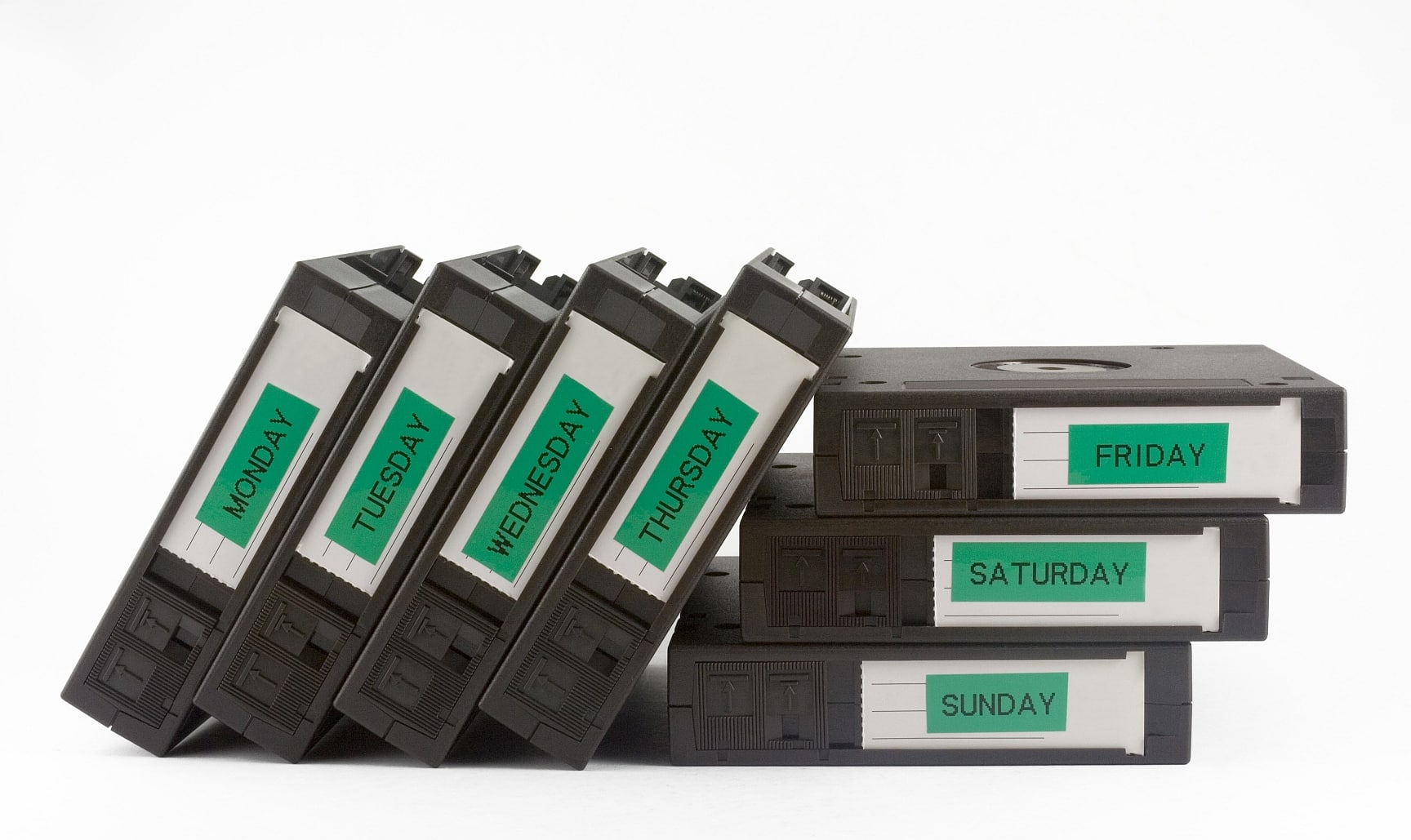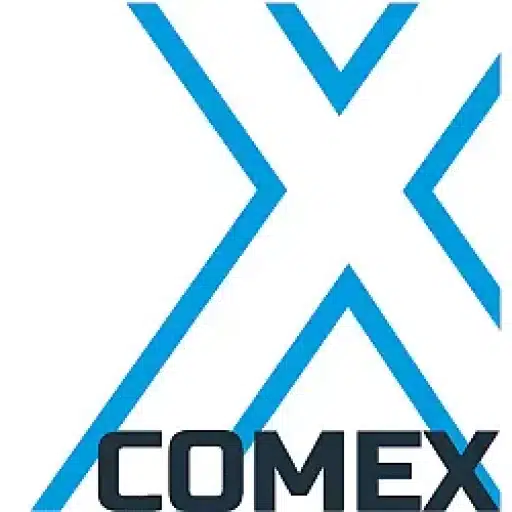+31 (0)43 30 88 400 | office@comex.eu

The old rules of backup
We used to have the famous 3-2-1 rule when it came to backup: 3 copies on 2 different storage media, one of which was in a different location. The great thing is: the rule still applies. We just don’t always stick to it. And that’s strange.
When backing up your data, make sure you have one copy on another type of storage medium. In fact, it may happen that your backup from vendor 1not work, for example, because of a technical problem at this vendor. Then it is a solution if you also have your data on another storage medium from another vendor. No, it doesn’t happen often, but the risk is there and you can simply stay ahead of it this way. It also happens when backing up in the cloud: the cloud may very well be unavailable due to an Internet outage. A second backup and preferably on-premises is then the solution.
Snapshots
In larger IT environments, it is very common to backup into storage by snapshots taken by the storage environment itself. However, we do not consider snapshots taken on a system to be a truly reliable backup. Because if your system has an outage, your snapshots also have an outage, and your backup is no longer accessible. So don’t rely solely on such a snapshot on the same storage system as your initial data. Because otherwise it’s not much different than a copy of your data on the same storage medium. With all the risks that entails.
3-2-1 and tape
In fact, it is no different than the “time-honored” 3-2-1 rule: 3 copies on 2 different systems, 1 of which is in a different location. And it’s a golden rule, but strangely, we don’t always abide by it. Something else from the past that has proven less sustainable is the use of tape. Tape was previously often used as a storage medium for backup, in addition to usually hard drives. Sure, tape still exists, you can use it, and it is a reasonably reliable and energy-efficient storage. But fair is fair: it’s not really of our time when it comes to restoring data. Previously, we backed up to secure data on physical servers. A restore usually involved only a few files that were accidentally deleted, modified or perhaps even encrypted. Meanwhile, the situation is different: we have a host server running dozens of virtual servers. By definition, a virtual server is software. And so that needs to be backed up. So it is that we no longer back up only the work we have done ourselves, but an entire computer. We backup virtual switches and network connections, the whole virtualization. In 2023, a backup is a backup of the entire IT infrastructure. Tape is not suitable for reading back and restoring these. After all, it is not random access which means that the restore process requires an additional copy layer and therefore takes much longer. Tape is also not suitable for archival data storage: an archive requires a durable and long-lasting medium. Data on tape must be copied regularly to new tapes, and tape is prone to wear and tear.
Silent Bricks
There are all kinds of media well suited for storing a backup now. Silent Bricks, of course, also. We are happy to tell you how it works and what the benefits are. Please feel free to contact us for more information.


